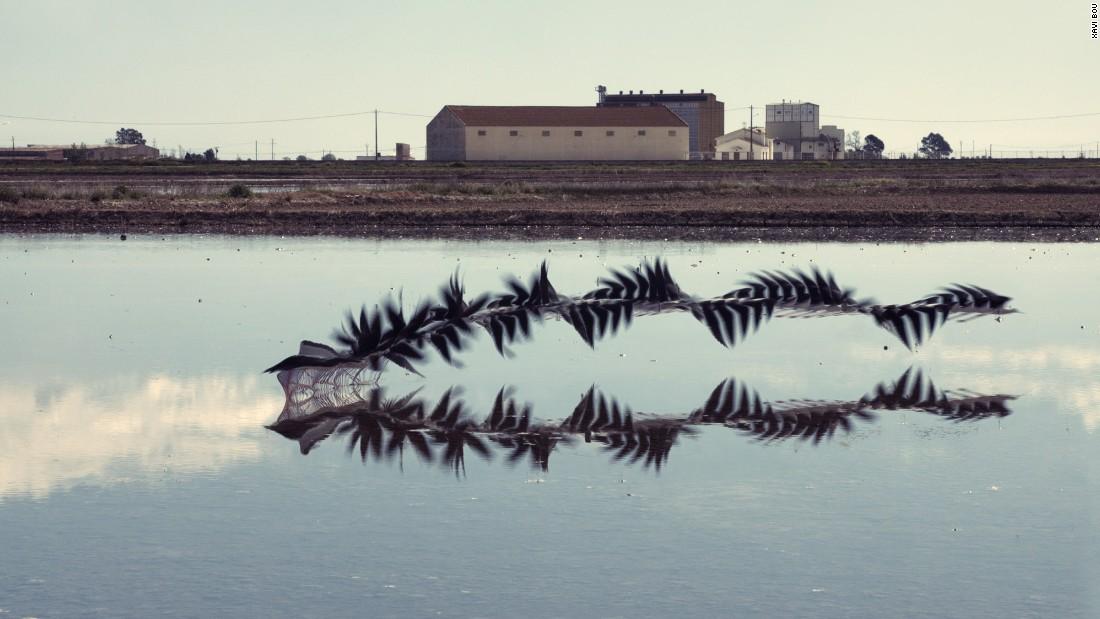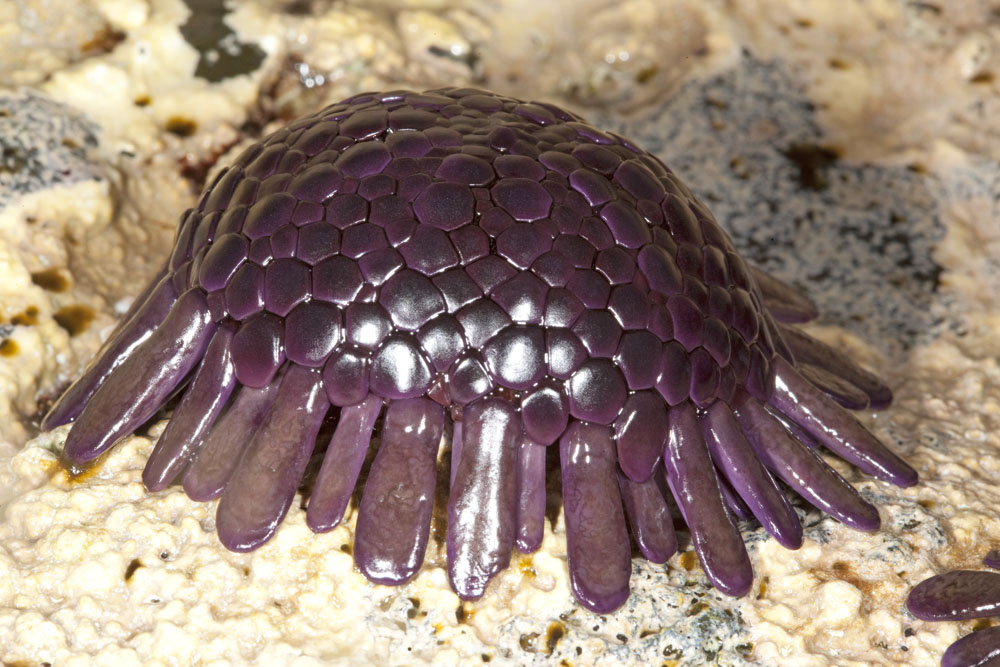Results 1,451 to 1,475 of 2906
Thread: Amazing picture thread
-
13-09-2016, 09:14 PM #1451
-
13-09-2016, 11:16 PM #1452RIP


- Join Date
- Nov 2013
- Last Online
- @
- Posts
- 16,939
Funnily enough, cycled past the Lovell telescope today at Jodrell bank..

I do believe there's life on mars..

Not a million miles away are we.
Last edited by Chittychangchang; 13-09-2016 at 11:21 PM.
-
14-09-2016, 07:00 AM #1453
-
14-09-2016, 09:00 AM #1454Pronce. PH said so AGAIN!
































- Join Date
- Jul 2009
- Last Online
- @
- Location
- Behind a slipping mask of sanity in Phuket.
- Posts
- 9,088
Goliath's wok!
-
14-09-2016, 09:55 AM #1455

Photo taken of cloudtops casting long shadows, seen from the International Space Station in orbit above India
-
14-09-2016, 06:31 PM #1456
First thing I though of was Placebo - The Bitter End video.
I googled that and turns out I fucking nailed it.
I've always loved that song, it has an incredible amount of charge.
https://en.wikipedia.org/wiki/The_Bitter_End_(song)
Fuck me, I surpass myself sometimes.Lang may yer lum reek...
-
14-09-2016, 06:49 PM #1457
^ Good stuff.
We got a message from an Aussie couple we were friends with about 6 yrs ago saying that there's a free open air music festival in the car park of Fortune Town on Ratchada if we fancy it. I was tired but the missus went down.
Came back a few hours later and said it was really great.
Who was playing?
Some English band.
Oh right.
Placebo, or something.
Er, what.
Tossers were playing just down the road, for free, and there was me on the sofa arguing with tossers on the internet.
Glad I stayed in to be honest.
-
15-09-2016, 06:49 AM #1458
When the lava flow from Kilauea on Hawaii’s Big Island periodically enters the ocean, the sight is spectacular, but on this occasion Alexandre was in for a special treat. Kilauea (meaning ‘spewing’ or ‘much spreading’) is one of the world’s most active volcanoes, in constant eruption since 1983. As red-hot lava at more than 1,000˚C (1,832˚F) flows into the sea, vast plumes of steam hiss up, condensing to produce salty, acidic mist or rain. Alexandre witnessed the action and returned in an inflatable the following evening to find that a new crater had formed close to the shore. #

-
15-09-2016, 06:55 AM #1459
-
15-09-2016, 12:18 PM #1460I'm in Jail





















- Join Date
- Mar 2010
- Last Online
- Yesterday @ 12:25 PM
- Location
- Australia
- Posts
- 13,986
An Okapi. For some strange reason these aren't popular on nature programs.

By day, the water of Arizona's Havasu Falls is a remarkable, bright blue-green. In this image submitted by Jes Stockhausen, it’s a milky ribbon, illuminated at night by the light of a camper’s headlamps. “While camping in the Havasupai [Indian Reservation], you hear the roar of the falls 24/7. My friend and I went to see if we could see the stars and were blown away by the sheer darkness of the canyon. This shot was made with two headlamps, one at the subject’s feet and one on his head.”

-
25-09-2016, 04:40 AM #1461Thailand Expat
































- Join Date
- Nov 2008
- Last Online
- 06-06-2025 @ 12:42 AM
- Location
- Berlin Germany
- Posts
- 7,261

A bird flying. Assembled from a series of shots.

-
25-09-2016, 05:29 AM #1462Thailand Expat































- Join Date
- Mar 2011
- Last Online
- 25-03-2021 @ 08:47 AM
- Posts
- 36,437
Cool "britches" on that Okapi up there, LD...Must drive the ladies crazy...Unless it is a lady...
-
26-09-2016, 05:47 PM #1463Thailand Expat































- Join Date
- Mar 2015
- Last Online
- @
- Posts
- 15,541
^^ An air screw. Fascinating.
-
28-09-2016, 07:25 AM #1464
-
28-09-2016, 07:26 AM #1465
-
29-09-2016, 08:04 AM #1466

The sun reflects off the surfaces of the Longsheng rice terraces, in Longsheng County, China

Illuminated terraces by the ocean, Shiroyone Senmaida, Noto Peninsula, Ishikawa Prefecture, Japan

Village houses and water filled rice terraces in the mountain, Longsheng, Guangxi Province, China
-
29-09-2016, 08:08 AM #1467

The terraced des Afforets vineyard is bathed in sunlight during a sunny fall afternoon in Switzerland's Rhone Valley

Paddy fields at Dangniu village in Congjiang county, China
-
29-09-2016, 03:15 PM #1468I'm in Jail





















- Join Date
- Mar 2010
- Last Online
- Yesterday @ 12:25 PM
- Location
- Australia
- Posts
- 13,986
A flower urchin.
See all of those yellow circles and traingles in the picture below? Those are tiny little claws and each one of them is toxic.
Toxopneustes pileolus, commonly known as the flower urchin, is a widespread and commonly encountered species of sea urchin from the Indo-West Pacific. It is considered highly dangerous, as it is capable of delivering extremely painful and medically significant stings when touched. It inhabits coral reefs, seagrass beds, and rocky or sandy environments at depths of up to 90 m (295 ft). It feeds on algae, bryozoans, and organic detritus.
The flower urchin was named the "most dangerous sea urchin" in the 2014 Guinness World Records.[
Flower urchins are relatively large sea urchins. They can reach a maximum diameter of around 15 to 20 cm (6 to 8 in)
Unlike most other venomous sea urchins, flower urchins and related toxopneustids do not deliver their venom through spines. Instead, the venom is administered through the flower-like globiferous pedicellariae.[18][23][24][25] If undisturbed, the tips of the globiferous pedicellariae are usually expanded into round cup-like shapes. They possess tiny sensors on their inside surfaces which can detect threats by touch and chemical stimuli. When agitated or brushed against by a potential threat, the pedicellariae will immediately snap shut and inject venom. The claws of the pedicellariae may also break off from their stalks and adhere to the point of contact, retaining the ability to continually inject venom for several hours.
A Japanese marine biologist described being fanged by one :
"I felt a severe pain and I felt as if the toxin were beginning to move rapidly from the stung area towards my heart. After a while, I experienced a faint giddiness, difficulty of respiration, paralysis of the lips, tongue and eyelids, relaxation of muscles in the limbs, was hardly able to speak or control my facial expression, and felt almost as if I were going to die. About 15 minutes afterwards, I felt that pains gradually diminish and after about an hour they disappeared completely. But the facial paralysis like that caused by cocainization continued for about six hours".

More photos and info here : The Echinoblog: What we know about the world's most venomous sea urchin Toxopneustes fits in this blog post!
And here is a different type of urchin, notable because it looks like an armadillo.

-
01-10-2016, 01:09 AM #1469

Earth seen from Mars shortly before daybreak. This is the first image of the Earth from the surface of another planet. Credit: NASA/JPL
Just a star-point of light in the sky. Before considering:

Last edited by Luigi; 01-10-2016 at 11:31 AM.
-
01-10-2016, 10:53 AM #1470Thailand Expat































- Join Date
- Mar 2011
- Last Online
- 25-03-2021 @ 08:47 AM
- Posts
- 36,437
Immense, indeed...
-
04-10-2016, 02:43 AM #1471Thailand Expat
































- Join Date
- Nov 2008
- Last Online
- 06-06-2025 @ 12:42 AM
- Location
- Berlin Germany
- Posts
- 7,261
The north pole vortex of Jupiter, photo taken by the recently arrived Juno probe. The earth copied in for size.

-
04-10-2016, 07:14 AM #1472
Don't drop yer car keys in there.
-
04-10-2016, 08:24 AM #1473Thailand Expat































- Join Date
- Mar 2011
- Last Online
- 25-03-2021 @ 08:47 AM
- Posts
- 36,437
Mind blowing...
-
04-10-2016, 09:34 AM #1474Thailand Expat



- Join Date
- Jul 2007
- Last Online
- Yesterday @ 08:38 AM
- Location
- The Kingdom of Lanna
- Posts
- 13,067
^

Well at least I can also see where Kamloops is 555
-
04-10-2016, 09:49 AM #1475R.I.P.































- Join Date
- Jul 2015
- Last Online
- 02-09-2018 @ 07:55 PM
- Posts
- 2,532
Manhattan at night.

Thread Information
Users Browsing this Thread
There are currently 1 users browsing this thread. (0 members and 1 guests)





 Reply With Quote
Reply With Quote


